Flavor characteristics of Brazilian Coffee beans introduction of Brazilian Coffee Culture by graded production area
Where is there more coffee? Brazil, of course!
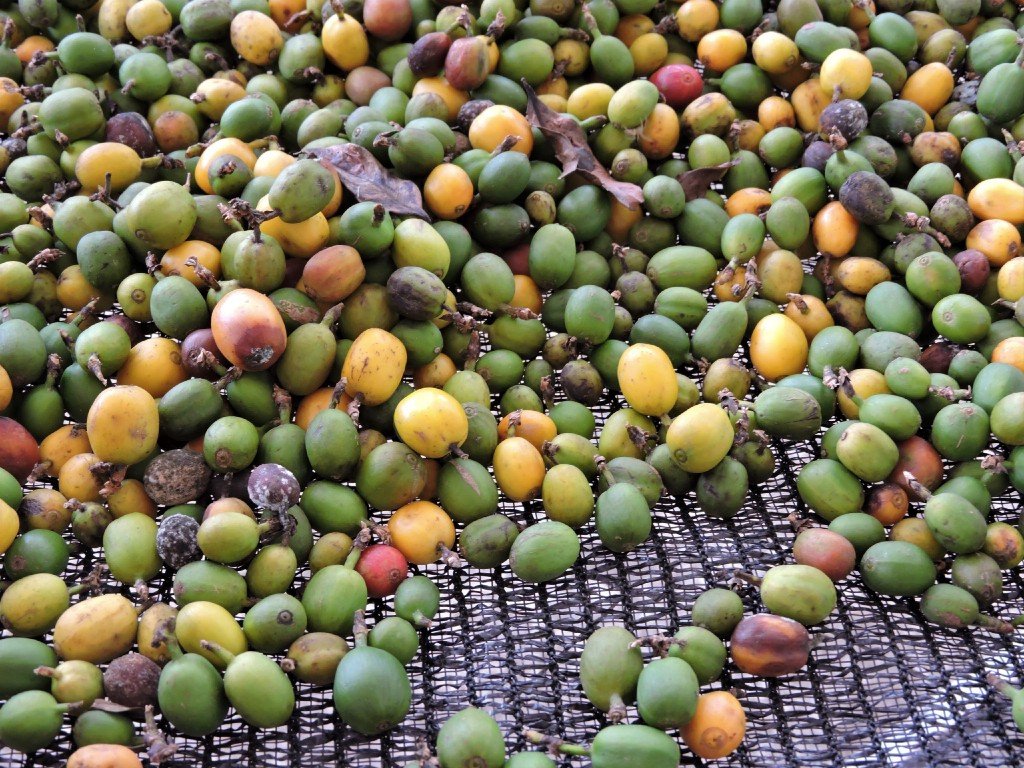
Brazil is currently the largest producer, with large quantities of commercial coffee based on commodities and boutique coffee dominated by COE. Although Brazilian coffee production is huge, it is a pity that Brazilian coffee online and offline in Qianjie currently occupies only two "seats". Why is that? If you carefully study the bean list of Qianjie coffee, you will find that each type of coffee has a certain degree of uniqueness. That is because Qianjie hopes that people can regard offline stores as experience stores, and first of all, they should consider providing consumers with regional flavor as much as possible, so the coffee they choose basically represents the classic flavor of the producing area. Qianjie believes that the flavor of Brazilian coffee is stable and has a certain degree of oneness, of course, this has a lot to do with the highly mechanized production in Brazil.
Come and learn about the two Brazilian coffee beans in front of the street coffee. The first one to make a grand debut is the Brazilian rations beans on the front street!
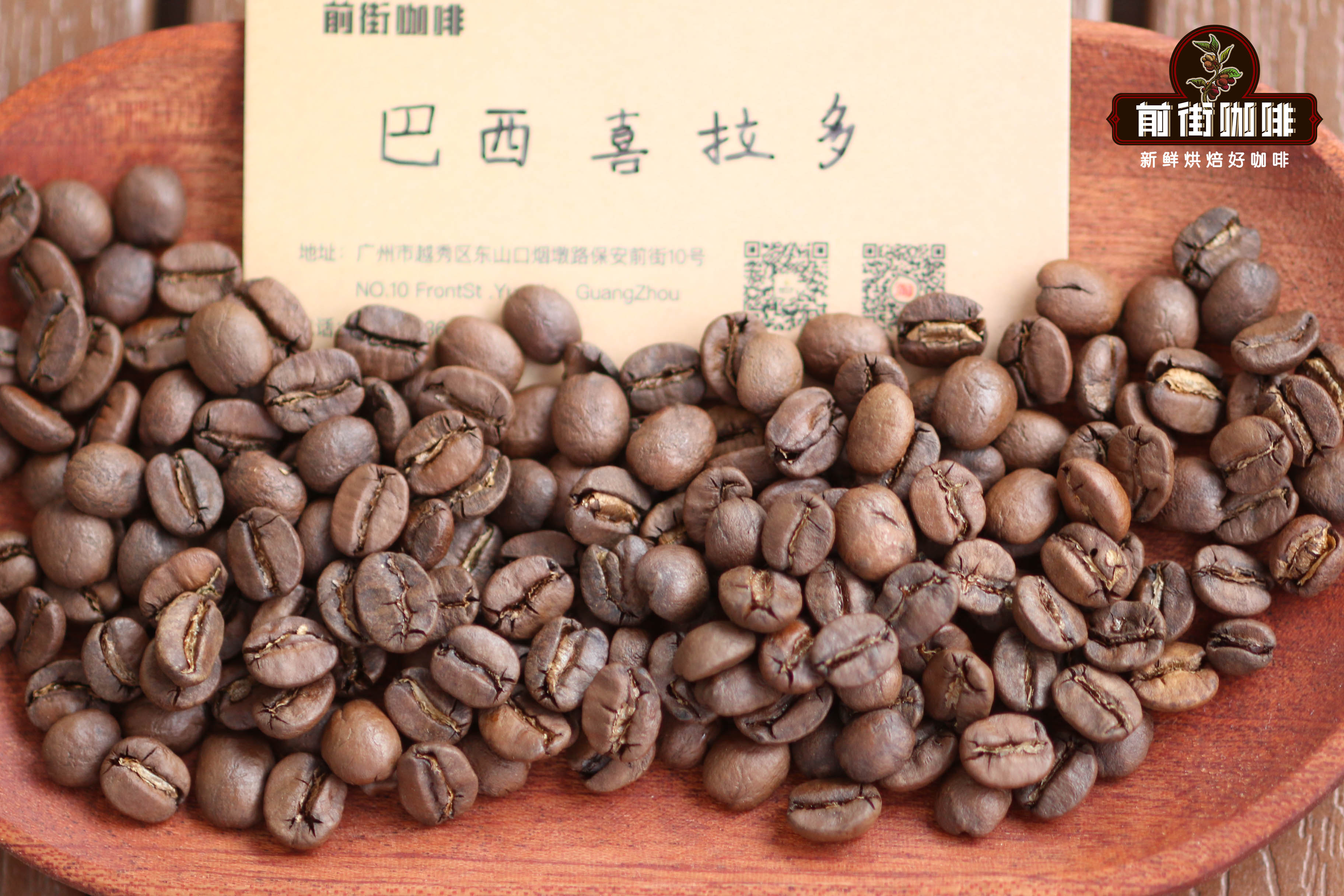
Brazilian Syracuse
Country: Brazil: South Minas altitude: 1000 m varieties: red bourbon treatment: half-sun flavor: nuts, chocolate, cream, peanuts, caramel
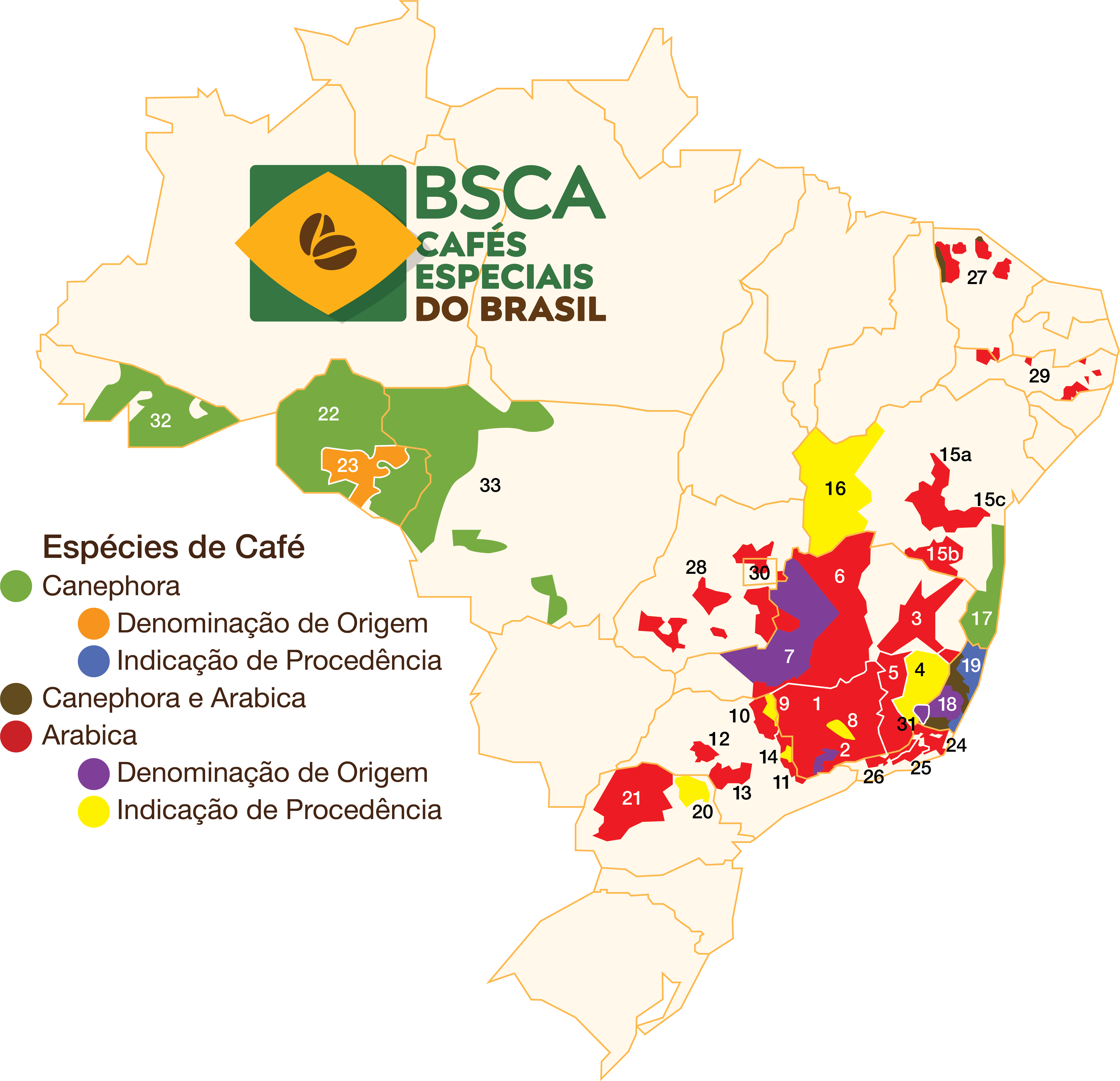
The coffee beans on the front street come from Minas Gerais. The representative coffee producing areas of Minas Gerais are Syrador and South Minas, both of which are at higher elevations. Hirado is located in the west of Minas Gerais, a flat plateau at 750m-1200m above sea level. South Minas is a hilly woodland in 700m-1200m above sea level. Since 1999, South Minas has won the most manors in Brazil's Outstanding Cup bidding. Qianjie also takes a fancy to the characteristics of high-yield and high-quality coffee beans in South Minas, so rations beans are positioned here.
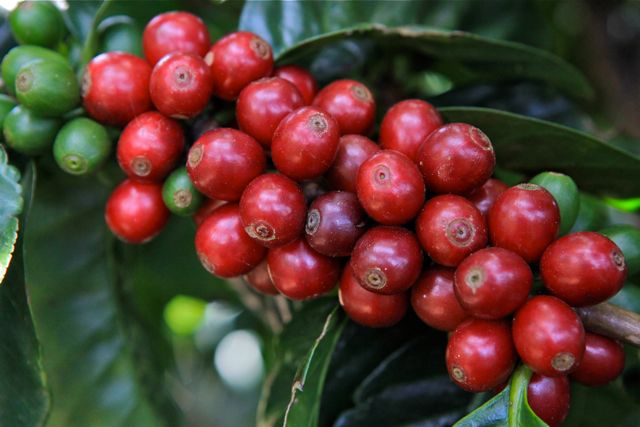
The flavor is related to the kind of beans. Red bourbon is what we call bourbon species. The coffee fruit appears wine red when it is ripe, and the bean body of the coffee bean is round. Planted in bourbon at high altitude, it usually has a better aroma and bright acidity, and tastes like red wine. But the aroma of fermentation is not only related to the variety, the special half-sun treatment is also one of the sources of flavor.
Before 1990, almost all Brazilian coffee was treated in the rough sun, which made Brazilian beans easy to catch the smell of rotten wood or soil, because the coffee fruit experienced two to three weeks of sun exposure and was prone to mildew when it rained and returned to tide. In order to change this situation, Brazil strictly rejected Brazil's relatively dry climate in 1990 and developed half-sun tanning (Pulped Natural) to shorten the processing time.
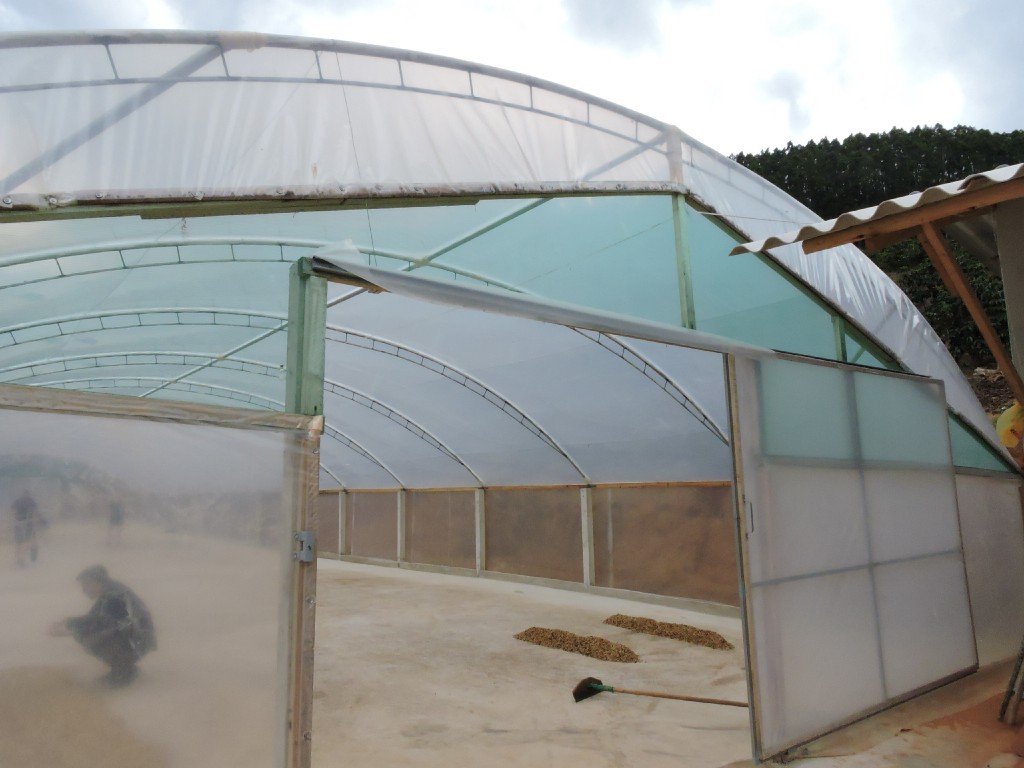
Half-sun is to remove the peel and pulp of coffee berries, which can control the degree of fermentation of pectin coffee beans after peeling and peeling. The traditional sun is the sun with peel and pulp, so the fermentation degree of pectin can not be seen. The half-sun treatment is between the sun treatment and the water washing treatment, but there is no "pool fermentation and water washing" process of the water washing treatment, but it is directly exposed to the sun. Although the method seems to be similar, without the step of fermentation, the flavor of coffee beans is completely different. Half-sun treatment in the process of removing the pulp of coffee peel, the ripe pulp will be easily removed, and the immature green fruit peel is not easy to deal with, so a second screening can be carried out to filter the immature fruit and unify the maturity of the coffee fruit. Compared with the sun drying method, Qianjie believes that the cleanliness and maturity of the coffee beans will be improved, resulting in a more uniform taste of coffee. The introduction of half-sun treatment does not mean that all Brazilian producing areas are in use. Syrador with lower humidity is mainly sun-treated, while half-sun hair is a supporting role in Hilado, but the red bourbon in the Hillado area, which starts with Qianjie coffee, is treated by half-sun treatment in order to enlarge the fermented flavor.
There is also a Brazilian coffee bean on the front street, which is the Queen's Manor on the bean list. This coffee comes from the Mojiana producing area of Brazil, which is very close to the south of Minas. Coffee is grown between shrubs, grasslands and other vegetation. There are many farming families in this area, some of which operate in the traditional way of large farms, while others operate in a small-scale and modern way. Modern science and technology mixed with mountain coffee cultivation culture has created the highest quality raw coffee beans. Through the cup test in Qianjie, it is found that the coffee beans produced in this area are as sweet as sugar. Let's take a look at the raw bean information of this coffee:
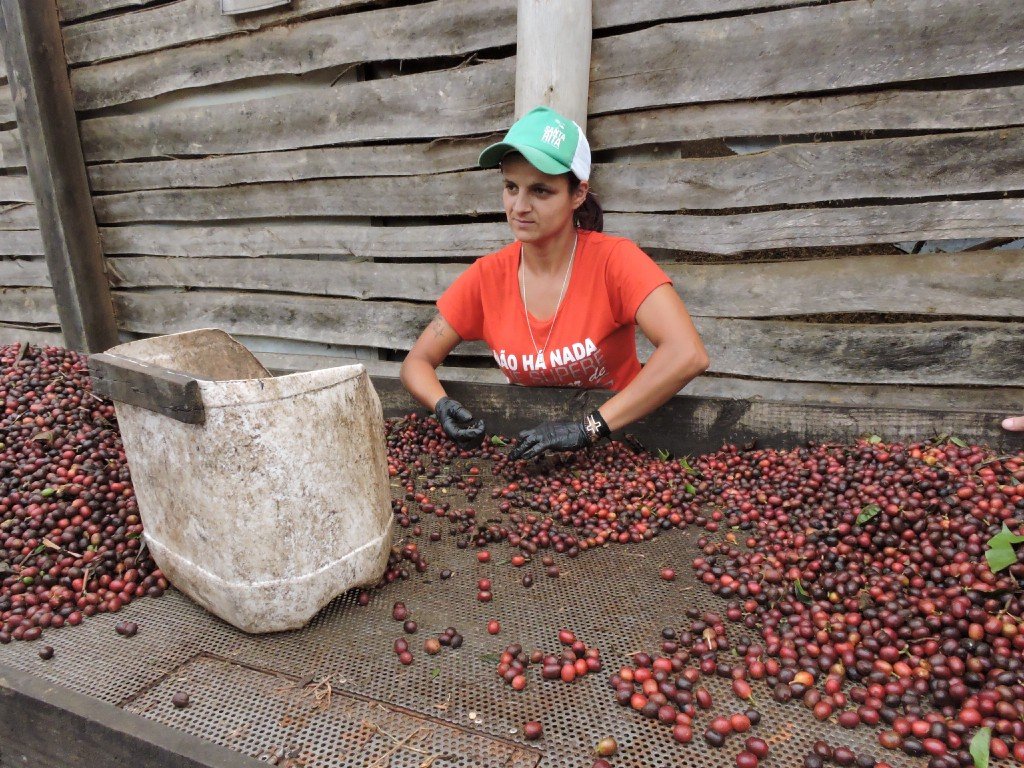
Brazilian Queen's Manor: Brazil Morgiana Manor: Queen's Manor: altitude: 1400-1950m Variety: yellow bourbon treatment: sun treatment
Unlike the large-scale harvest treatment in Brazil, the Queen's Manor uses exquisite sun treatment to solve the problem of quality decline caused by large-scale centralized treatment in Brazil.
Qianjie specially chose yellow bourbon coffee beans which are different from Shirado. When matured, this kind of coffee beans are not as red as ordinary coffee fruits, but yellow. It was first discovered in Brazil in 1930 and is now mainly grown in Brazil. It is generally believed that it may have been mutated by a cross between a bourbon with red fruit and a variety of iron pickup with yellow fruit called "Amerelo de Botocatu" (discovered in Sao Paulo in 1871). Because of its low yield and relatively intolerant to wind and rain, it has not been widely planted. However, when planted in high altitude areas, it will have excellent flavor performance, which is more common in recent years.
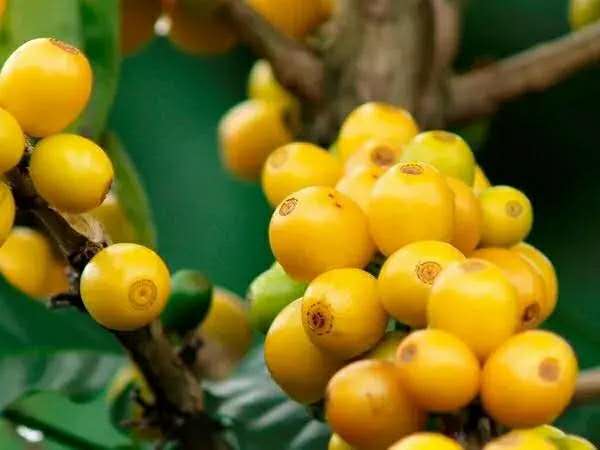
Qianjie found an interesting phenomenon when it received raw Brazilian beans, that is, the message can be seen on the sacks of Brazilian coffee beans: Brazil NY.2 SC-17hand 18 FC. After understanding, it is found that this is a three-stage grading method unique to Brazil, which is not adopted in other countries, because the production area is too large and produces too many beans. In order to prepare the special coffee flavor for export, these coffee beans are often mixed. As a result, the situation of different quality needs to be graded by "cup test", so that consumers can roughly know the quality of coffee as long as they see the information about raw beans.
Brazilian coffee classification can be said to be very complex, generally speaking, it should be considered from three aspects: defect rate, number of eyes, cup test quality.
1. According to the defect rate, Brazilian coffee is classified as "deduction method". According to the number of defective beans per 300g main beans, there are seven levels from No.2 to No. 8, and if the deduction is less than 4, it can be classified as No.2. Not a single defective bean can certainly be called No.1, but this situation is rare, unable to maintain a certain supply, so Brazil set No.2 as the highest level, not No.1. two。 Classify the number of eyes by bean size: this is a screen based on a 64-inch screen with a scale of 64 inches. The screen size is usually 14 Murray 20. In addition, it should be noted that the size corresponding to the number of items is the short side of the coffee bean, that is, the "width". The largest number of items of coffee beans in Brazil is 19 mesh, but the yield is not much, so the highest grade is 17 white 18 mesh.
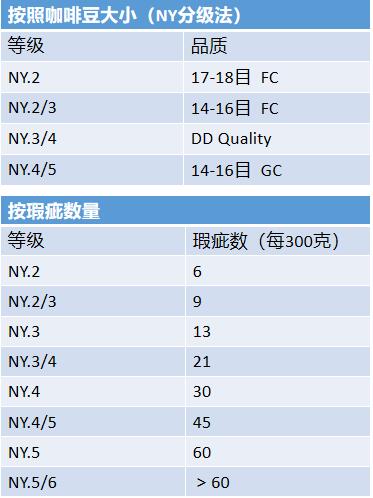
3. Fine cup | fine | good cup | fair cup | poor cup | bad cup | FC (Fine Cup) and GC (Good Cup) are common. Many companies or platforms also add messages such as treatment methods (sun / water washing / honey treatment) and manors. You know, Brazilian coffee used to be synonymous with "shoddy coffee". Farmers did not pursue quality in order to get the most quantity, and even appeared sundries such as soybeans and pebbles. Because Brazilian coffee is named through the port export, the largest port, Rio de Janeiro, has also become a "notorious" coffee bean! And the emergence of COE is to change the quality of Brazilian coffee beans, NY grading method also standardizes the quality standards of Brazilian coffee! Therefore, Brazilian coffee was later removed from the list of "shoddy beans".
So what kind of flavor does the Brazilian coffee bean have now? Next, follow Qianjie to explore the mystery of brewing.

Qianjie coffee brewing suggestion: filter cup: V60 powder quantity: 15g water temperature: 90 ℃ grinding degree: medium grinding, 20 standard sieve pass rate 70% gouache ratio: 1:15
The front street uses segmented extraction, the amount of steaming water is twice that of coffee powder, that is, 30 grams of water is steamed for 30 seconds, the small flow is injected around to 125 grams, and the water level is about to be exposed when the powder bed is about to be exposed, continue to inject water to 225 grams to stop, the whole extraction time is 2 minutes. Brazilian Hilado flavor: high sweetness, clean, supple, low acid value, peanut, almond, nut, chocolate flavor.
Brazilian Queen's Manor flavor: taste balanced, in the main tone of almond cocoa, highlight the sweetness of sugar, is a full, sweet coffee.
Important Notice :
前街咖啡 FrontStreet Coffee has moved to new addredd:
FrontStreet Coffee Address: 315,Donghua East Road,GuangZhou
Tel:020 38364473
- Prev
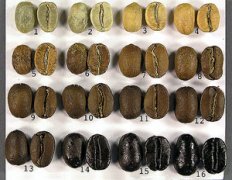
Coffee roasting degree explain coffee roasting picture in detail
The color change of coffee during roasting (the color change of coffee beans during roasting) the color change of coffee during roasting (the change of color of coffee beans during roasting) the color change of coffee roasting turns light green (or light yellow) raw coffee beans into tea-brown coffee beans that we are familiar with. The color of coffee beans
- Next
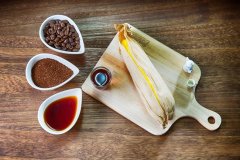
SCA European boutique coffee association defines hand-brewed coffee, how to brew a good cup of coffee?
The proportion of SCAA fine cup coffee defined by the Gold Cup Fine Coffee Association of the United States and the scae European Fine Coffee Association must be about 20% of the coffee extraction rate, while the TDS is about 1.1% to 1.3%. For Drip Filter drip brewing, how to extract the best SCAA premium cup coffee ratio defined by the American Fine Coffee Association and the scae European Fine Coffee Association
Related
- Beginners will see the "Coffee pull flower" guide!
- What is the difference between ice blog purified milk and ordinary milk coffee?
- Why is the Philippines the largest producer of crops in Liberia?
- For coffee extraction, should the fine powder be retained?
- How does extracted espresso fill pressed powder? How much strength does it take to press the powder?
- How to make jasmine cold extract coffee? Is the jasmine + latte good?
- Will this little toy really make the coffee taste better? How does Lily Drip affect coffee extraction?
- Will the action of slapping the filter cup also affect coffee extraction?
- What's the difference between powder-to-water ratio and powder-to-liquid ratio?
- What is the Ethiopian local species? What does it have to do with Heirloom native species?

